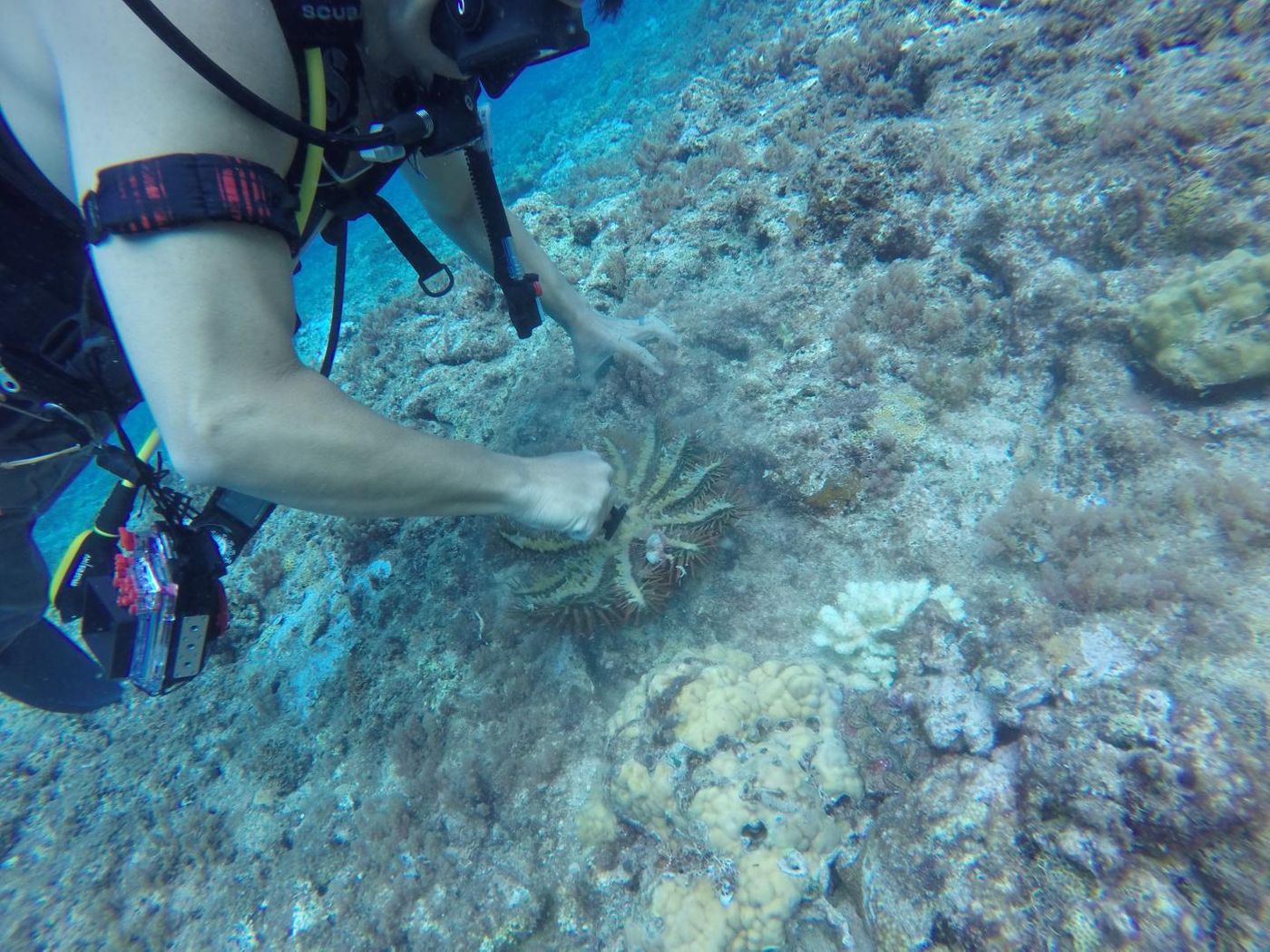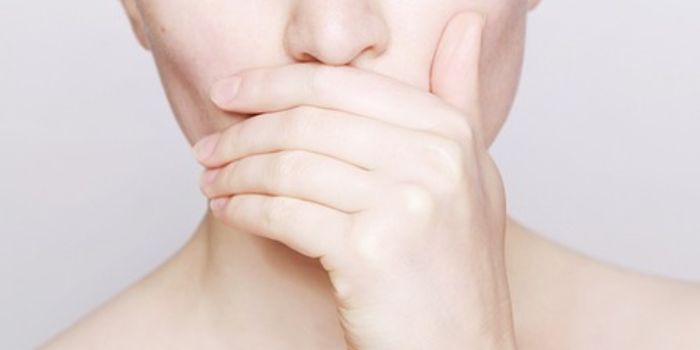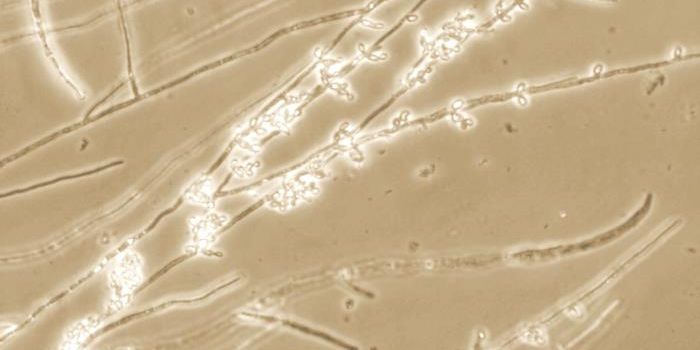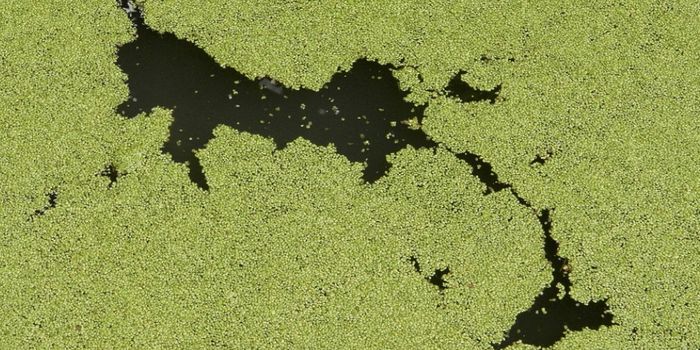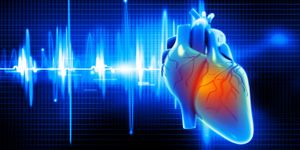Marine Bacteria Found to Produce Toxic Compounds
Reporting in Nature Chemical Biology, researchers at the Scripps Institution of Oceanography at University of California San Diego have found that a common marine sponge plays host to bacteria that generate toxic compounds that are very similar to synthetic fire retardants. This work sheds light on a powerful class of chemical compounds, polybrominated diphenyl ethers or PBDEs, in the ocean environment.
PBDEs are a type of brominated flame retardant chemicals that are added to materials like foam and textiles as well as electronics to decrease the flammability of those items. These chemicals are also known endocrine disruptors that can mimic the endocrine system in the human body. They are also found at high levels in the oceans of the world; researchers have been trying to figure out why that is.
Vinayak Agarwal, a postdoctoral researcher at Scripps, wanted to help answer that question. "For the first time we were able to conclusively show that genes and enzymes produced in bacteria from sponges are responsible for the production of these compounds toxic to humans," explained Agarwal, who was co-first author of the paper with Scripps PhD student Jessica Blanton.
Agarwal and colleagues at Scripps Oceanography have previously shown that other kinds of marine bacteria can produce these fire retardant compounds naturally in very small amounts. However, those bacteria are free-living and unrelated to the type described in this new work.
For this report, the team utilized techniques in genomics to find out exactly which genes and enzymes are involved in the synthesis of the toxic molecules in marine sponges.
These sponges get their nutrients and oxygen through the filtration of seawater; they have channels and pores for that purpose in their bodies. Such constant flow of water has the side effect of creating rich environments inside of the stationary sponges for bacteria, viruses, and fungi. There were collections of 18 sponge samples for this study during two research trips to Guam. The scientists determined the specific genes and enzymes that are responsible for the production of PBDEs in these organisms and their microbiomes.
"For many years scientists were finding clues that suggested nature was making these compounds," said senior author of the work Bradley Moore, a Professor at the Scripps Center of Marine Biotechnology and Biomedicine and the Skaggs School of Pharmacy and Pharmaceutical Sciences at UC San Diego. "Now that we understand how they are produced in the marine environment, we are exploring why they exist, and the human health concerns associated with them."
"This study is a powerful combination of chemical, biological and environmental research," said Henrietta Edmonds of the NSF's Division of Ocean Sciences, a supporter of the research. "It has the potential to help us understand the production, fate and health consequences of natural and pollutant compounds in the marine environment."
"We care about naturally produced PBDEs because they end up in the food chain," said Frederick Tyson, Ph.D., of the NIEHS. "Preliminary data from this research team suggest that some naturally occurring PDBEs may be even more toxic than those that are man-made, so we need to develop a better understanding of these compounds."
These microbes reside in the ocean but they have been found in diverse habitats from sea grasses, corals and whales. The researchers next want to identify other marine hosts that may be aiding and abetting the production of toxic chemicals, and why that is.
Sources: AAAS/Eurekalert! Via UCSD, Nature Chemical Biology

-
MAY 07, 2024Is It Anti-RNP or Anti-Sm/RNP?
- See More
-
APR 30, 2024Immuno-Oncology Virtual Event Series 2024
-
MAY 07, 20243rd International Biosecurity Virtual Symposium
-
JUN 06, 2024The Future of Scientific Conferencing
- See More
